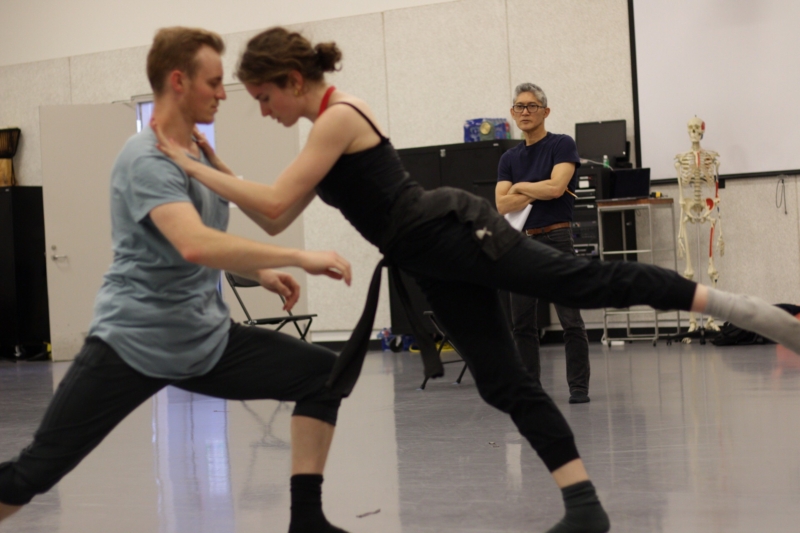We are often able to derive cultural feelings, political movements and changing values from the music of the time. David Shimotakahara, Executive Artistic Director and Founder of GroundWorks DanceTheater, drew inspiration from the music of the 1920s — which, in some ways, reflects our modern age — in his new work Sud Buster’s Dream, premiering at Cain Park, July 19 – 21.
The Roaring Twenties was a period of great change. Economic prosperity and rapid technological advancement enveloped Americans at a dramatic pace — shining a spotlight on political and social iniquities — similar to where America finds itself today.
“I started with the music from the 1920s. So much was happening in popular music at the time and, similar to general society, music was rapidly changing with the formation of American jazz,” said Shimotakahara.
Establishing connectivity to the sounds and spirit of that music catalyzed the creative process for Shimotakahara when he began creating his new work, Sud Buster’s Dream, with the company in March this year.
The music from that period had a crazy kind of energy, evoking both joy and urgency. “They were experimenting. The artists were changing the form and rhythms to better reflect the increasing pace of the world around them,” said Shimotakahara.
The music also reflected an understanding that things were never going to be the same, creating a sense of loneliness and isolation for many. “If you think of our own era — we have so much possibility for connections because of technology and, yet we have never felt more alone,” said Shimotakahara. “A word that resonates with me when I think about both our current time and the Roaring Twenties is Eremocene, which means ‘The age of loneliness’.”
While researching the period, Shimotakahara became fascinated with the culture of sideshows — at the time called ‘freak shows’ — which had evolved as a popular entertainment within traveling circuses and carnivals from as early as the 1840s. For audiences of the time, there was a desire to be daring, with the adventure and promise of new strange things. The general societal interest and curiosity about ‘freak shows’ acted as a way for people to have the reassurance that they themselves weren’t so strange.
“I wanted to reference some of the iconic sideshow acts — Escape Artists, The Seal Boy, The Bearded Lady, The Siamese Twins — as starting points for movement invention inspired by those characters,” states Shimotakahara. “Those popular acts represented what people felt was odd and unusual. Then, and now, we see oddities in ‘the other’ and fear being cast as such.”
“Satisfying that innate human need for assurance that we aren’t ‘the other’ is something we feel today,” said Shimotakahara. “On some level, Sud Buster’s Dream is also about the need for each other and trying to come to terms with one another’s differences in the midst of change.”

